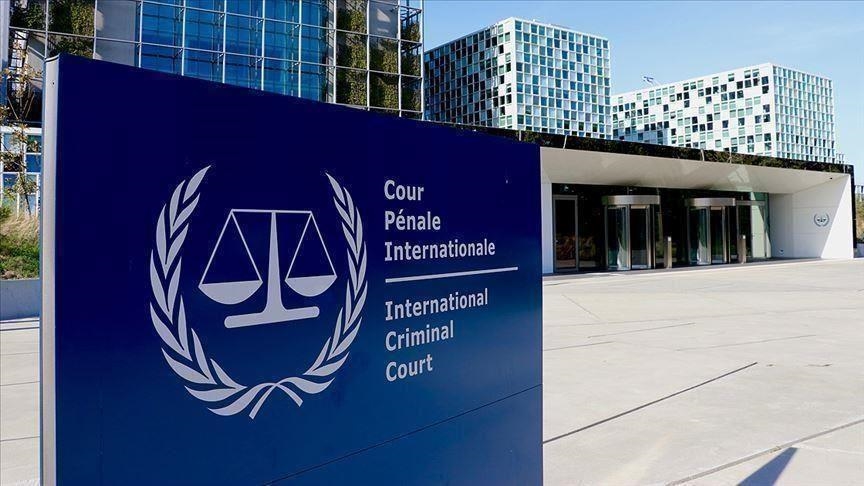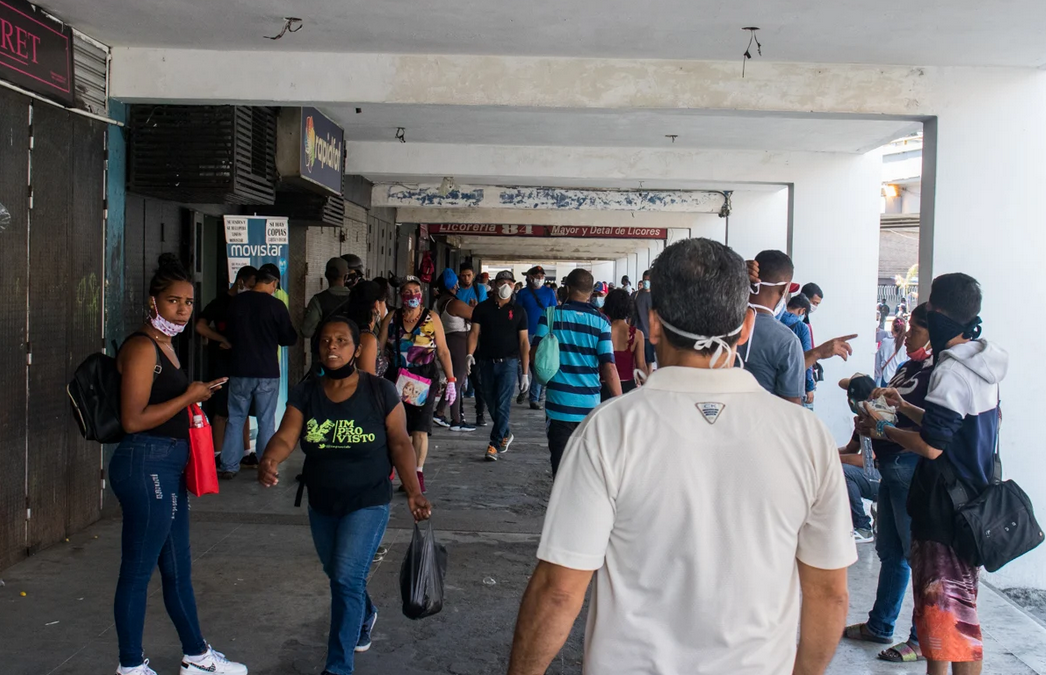The anonymous creator of the popular saying “it takes two to make a quarrel” never met Tyler Durden, the star of the movie “Fight Club,” who built a violent underground movement out of a bloody fight against himself. In reality, Durden suffered from Dissociative Identity Disorder, so he was actually fighting against the projection of one of his multiple personalities.
The moral of the film seems to be that an imaginary enemy is enough to start a fight. But will the same apply to an entire society? How many are necessary to polarize a country? Could imaginary enemies divide a country?
The end of Donald Trump’s term as president of the United States is, without a doubt, great news, not only for that country but for the entire world. Put to the test, American democracy succeeded. Not without paying the price in human lives, material losses, and deep social division.
However, and despite the fact that the clumsiness of the last two weeks of his tenure ratified the authoritarian threat that he embodies, the story does not seem to end there. The last word is not yet said. This is what Trump himself has promised. Wounded in his infinite ego, denying his defeat, and breaching the norm and political tradition, he affirmed just before leaving the White House that “We will return, somehow.”
With this, he advanced that he is willing to use his political capital to continue fueling mistrust in institutions and with it, political and social polarization. Unable to concede defeat, he will try to hold on to his narrative against any evidence. For him, the facts are not important, they are an obstacle to overcome.
How can a single person so deeply divide a society? He can’t. In reality, Trump is not only a cause but also a consequence. Political and social divisions exist, and while he has helped deepen them, the truth is that most of them precede him. And they also remain after he is gone. They are still there, intact. Poverty and inequality have increased for several decades. The differences between the living standards in large metropolises and small cities are becoming significant. The political identities of the two biggest political parties have diverged to the point that many of their supporters do not recognize the adversaries as members of the same political community and national project.
To polarize a society, you need populist leadership that exacerbates differences, manipulates emotions, misrepresents the truth, and sows fear. However, populist leadership is not enough. To divide a society, some political and social conditions are necessary. Real problems that serve as a breeding ground for mistrust.
For this reason, depolarizing requires a different effort. Defeating the populist leaders is an extraordinary but insufficient step, especially when they promise to hold on to a polarizing discourse.
In order to depolarize a society and unite what has been divided, it is essential to rebuild trust so that both parties can once again recognize themselves as citizens of the same project and the same country. This demands a collective effort sustained over time that involves different sectors of society -political parties, civil society, the media, public institutions, citizens- and seeks to integrate those who have been left behind, close social gaps, correct injustices and inequalities, and rebuild hope.
It is possible to depolarize and bring society together again. It is not an easy task, but perhaps the result could be a more just and robust democracy.
Translated by José Rafael Medina




